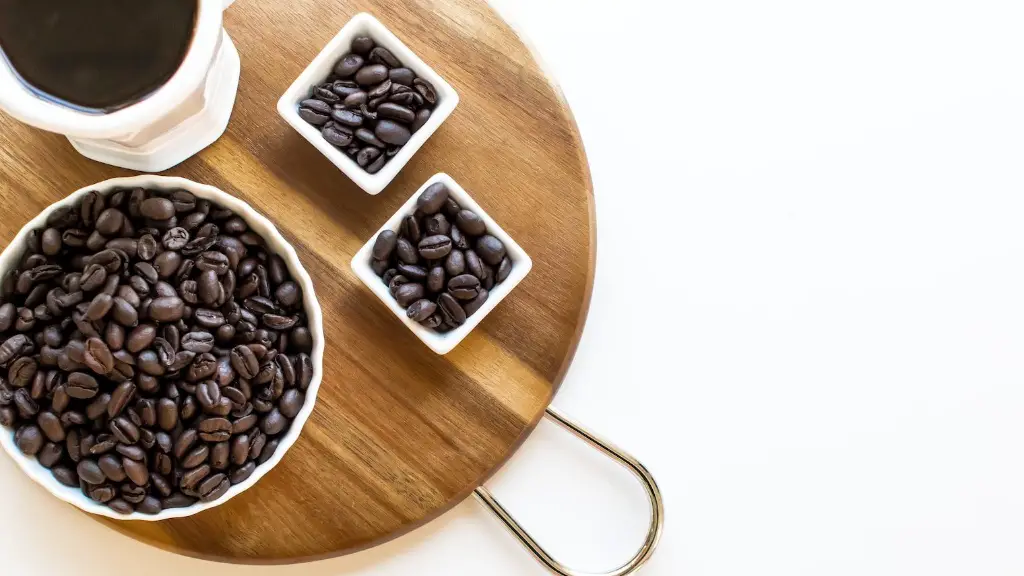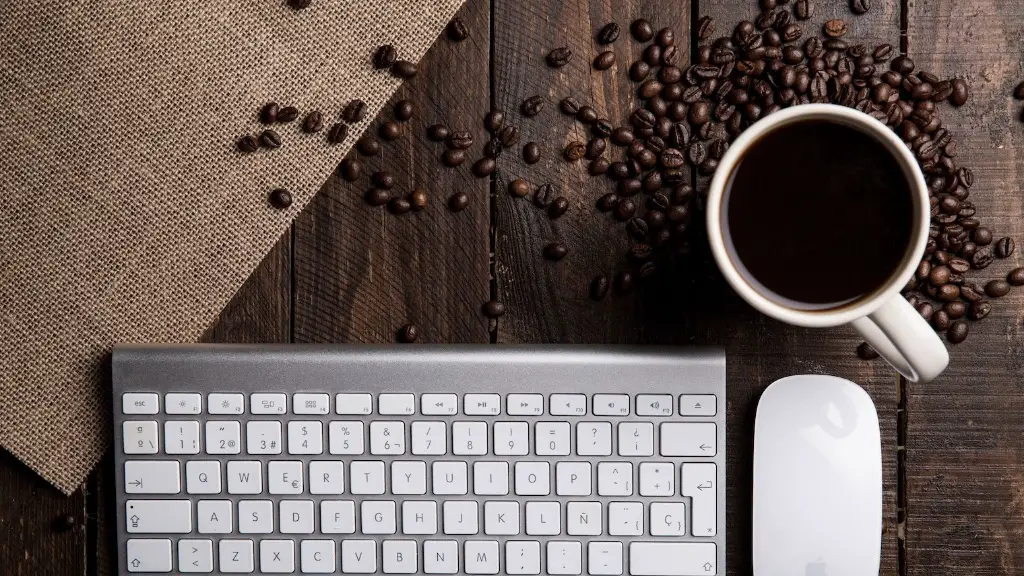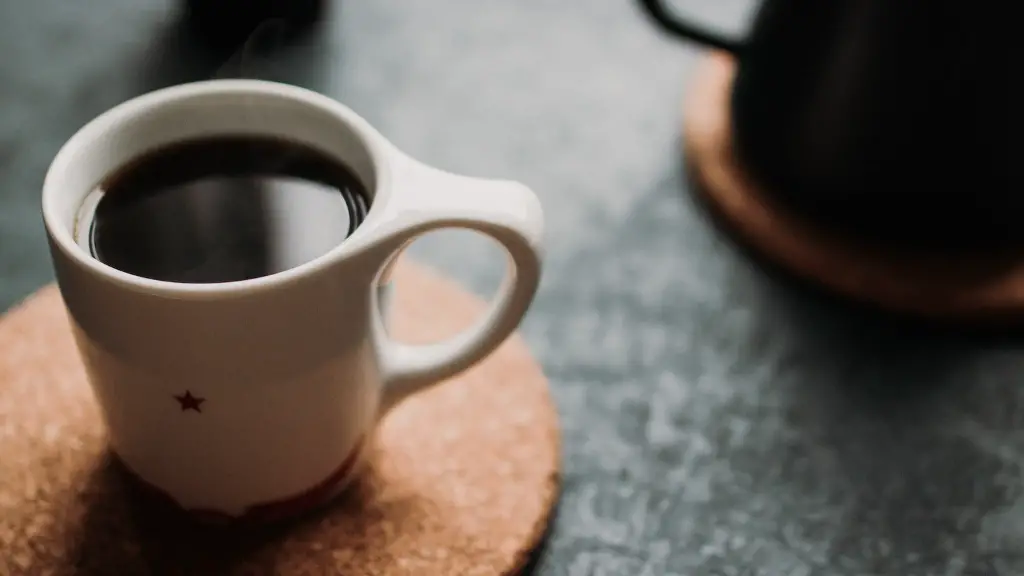Coffee and Tooth Fillings
Whether we like to admit it or not, coffee is a staple beverage in our day-to-day lives. From grabbing a cup of joe on our way to work to snagging a latte as a mid-day pick me up, it is no secret that coffee is deeply rooted in many individuals’ lives. But what happens when you just had your tooth fixed with a tooth filling? Can you still down that cup of espresso?
It is important to understand that there are many different types of tooth fillings. Depending on the material used to restore the tooth, such as composite, silver amalgam, or gold, the effects of drinking coffee can differ. That being said, one of the most common types of fillings is composite, which is a tooth-colored plastic and glass mixture that is used for aesthetic appeal. It is widely accepted that after drinking hot beverages, especially coffee, the composite filling does run at risk of fracturing due to it being more susceptible to thermal shock.
“The polymer in composites become harder when cold and softer when hot,” says Dr. Mary Wu Chang, a dentist in Los Angeles. “So drinking cold beverages is especially desirable. Hot or warm beverages should be avoided, as the composite filling could potentially fracture.”
It is important to note that silver amalgam fillings are relatively more durable and less susceptible to thermal shock. So if you have this type of filling, it is ok to drink warm and hot beverages. Nevertheless, it is best to adhere to the general rule that you should wait at least an hour after the filling is placed before consuming any hot or cold beverages.
In general, it is advised to use caution when it comes to drinking hot beverages, regardless of the type of tooth filling you have. It is best to stick to lukewarm options for the first 24 hours after a filling.
Foods to Avoid After a Tooth Filling
It is advised to avoid hard and chewy foods for the next few days after a tooth filling. Examples of such food include (but not limited to) beef jerky, bagels, popcorn, nuts, and hard candy. These types of food can dislodge the filling, so it is best to steer clear of such items to ensure the filling not getting disrupted.
Also, after a tooth filling, it is highly advisable to refrain from eating and drinking on the side of the fillings. If a cold beverage or an ice cream is desired, drink or eat on the opposite side of the fillings.
Oral Hygiene Habits Following a Tooth Filling
Although brushing and flossing should be part of your daily oral hygiene routine, following a tooth fillings, it is highly recommended to be extra thorough with your brushing and flossing habits. This is because it is imperative to keep the filling debris-free in order to prevent the growth of bacteria. Therefore, brush the area three times a day and floss at least twice a day.
Another important thing to remember when it comes to maintaining your oral hygiene habits following a tooth filling is that it is best to use soft bristled toothbrush instead of hard ones. This is because the hard bristles can rub against the tooth and disrupt the filling which can further lead to problems such as an increase in sensitivity.
Tooth Filling Care Tips
Dr. Chang suggests that eating soft or pureed foods like yogurt, oatmeal, soup, applesauce, pasta, mashed potatoes, and ice cream are all great options when you have a recently filled tooth. These food choices allow you to still partake in the joys of eating without putting extra strain and stress on the tooth filling.
It is also important to clean the teeth properly following an dental restorative procedure. Rinse with warm salt water each day, as it can help rid your mouth of any bacteria and improve healing and reduce sensitivity.
Emergencies
Despite having a tooth filling, it is important to recognize that dental emergencies can and most likely will happen. After all, our mouth is constantly exposed to different germs and bacteria that can lead to decay in our teeth. This is why it is important to act quickly when a dental issue arises and contact your dentist immediately. When dealing with any dental emergency, time is of the essence, as acting quickly can potentially help the dentist salvage your natural tooth structure or save you from further pain.
Sedation During Dental Filling Procedure
It is common for patients to get anxious when undergoing a dental filling, especially if the patient has a fear of the dentist. Because of this, it is not uncommon for dentists to provide mild sedation during dental restorative procedures. The types of sedation can range from oral sedation to nitrous oxide. For example, patients who experience moderate to severe anxiety might benefit from the use of oral sedation, as it can help put you into a more relaxed state.
On the other hand, nitrous oxide, also known as “laughing gas” is an option used to make patients comfortable. Patients will remain awake and responsive, but they may experience a tingling or a floating sensation. Most importantly, due to nitrous oxide being administered through a mask and quickly eliminated from the body, the patient will be free to drive and arrive back to work or school almost immediately following the procedure.
Signs You Need to See a Dentist
Some of the common signs that you should see a dentist is having an increased sensitivity to hot or cold beverages/foods, experiencing pain when you bite or chew, experiencing a sharp and sudden intensity in the toothache, having difficulty opening your mouth and having a strange taste in your mouth. Aside from these symptoms, it is also important to make sure that you visit your dentist every six months for a routine checkup. This is to ensure that any potential issues are identified and dealt with in a timely manner.
Conclusion
To sum up, it is recommended that those with composite fillings remain cautious when drinking hot beverages, and wait at least an hour after the filling is placed before consuming any hot or cold beverages. Moreover, it is advisable to avoid hard and chewy foods, and brush and floss the teeth thoroughly following a dental procedure. Lastly, it is important to recognize the signs of a dental issue and seek help from a dentist as soon as possible to prevent any further pain and discomfort.




